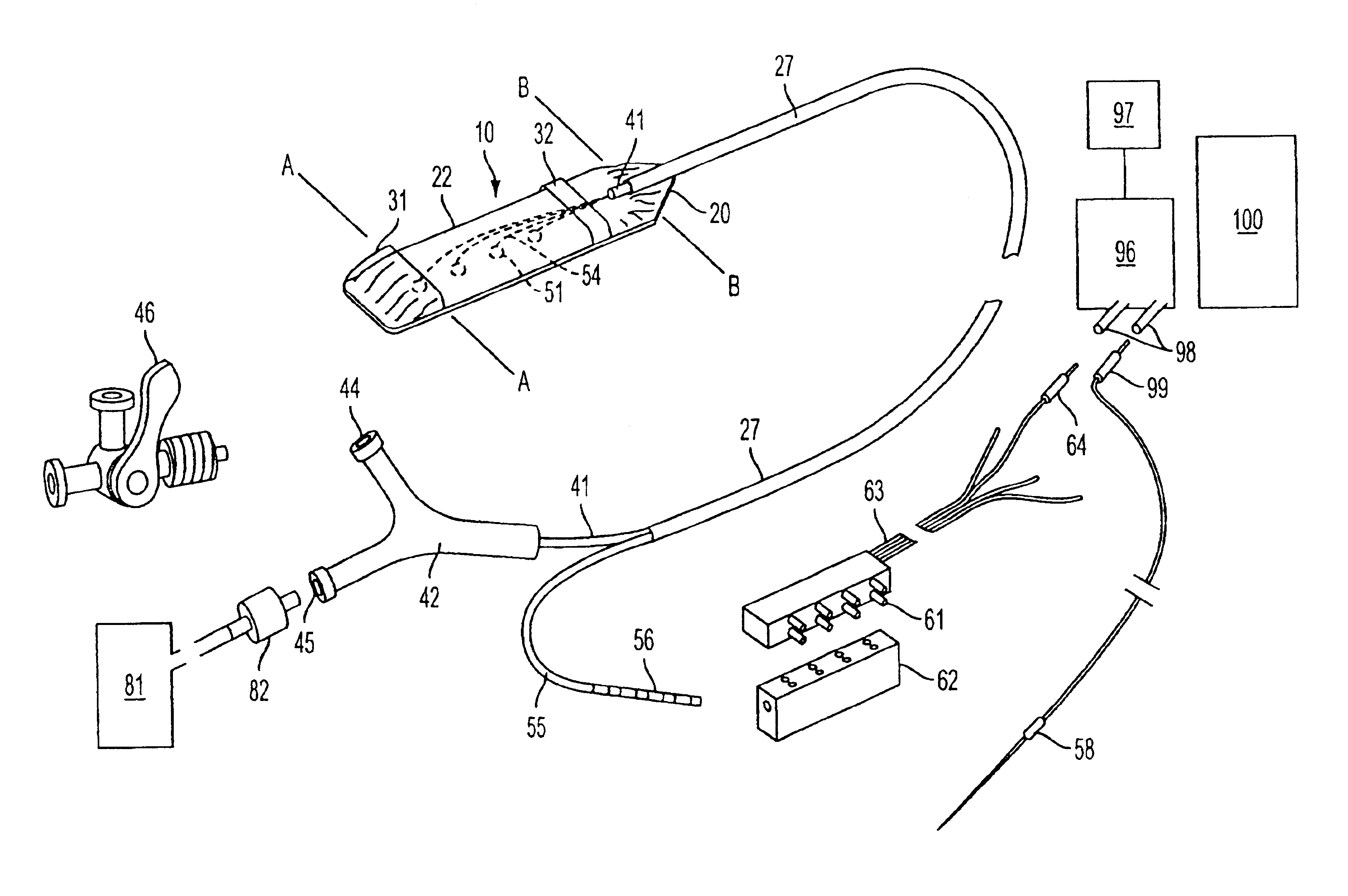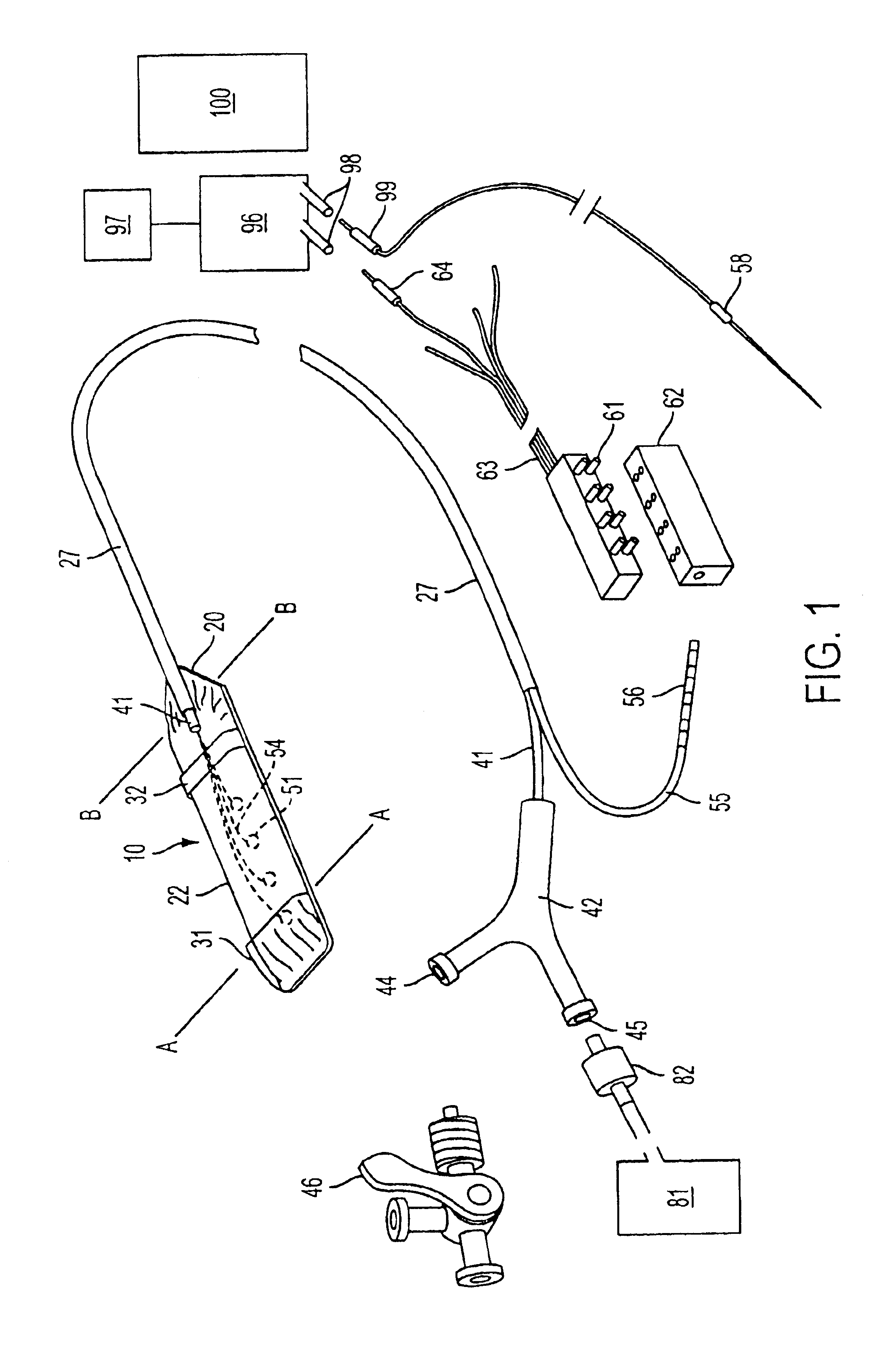Brain retraction sensor
a brain retraction and sensor technology, applied in the field of intracranial sensors, can solve the problems of brain retraction, brain injury, and difficulty for surgeons to accurately gauge the amount of pressure actually applied to the brain, and achieve the effect of reducing brain retraction injury
- Summary
- Abstract
- Description
- Claims
- Application Information
AI Technical Summary
Benefits of technology
Problems solved by technology
Method used
Image
Examples
example i
[0131]A series of experiments was carried out in anesthetized New Zealand white rabbits in order to evaluate the function of the BRS. Rabbits were placed in a stereotactic head frame, and a temporo-parietal craniotomy was performed using a high-speed surgical drill. Using a retractor blade with BRS mounted to a micromanipulator, groups of animals underwent medially-directed retraction of the lateral temporal lobe at an initial pressure of 20, 30 or 40 mm Hg, as gauged by the device, for either 15 or 30 min. Electrocorticogram (ECoG), which refers to EEG taken directly from the cortical surface rather than scalp, along with cortical DC potential and retraction pressure were recorded on a Bio-logic digital polysomnographic monitor during the retraction period and for 8 hours post-injury. The latter two modalities were amplified via a battery-powered Iso-Dam® high-input impedance DC amplifier (World Precision Instruments, Sarasota, Fla.) and catheter strain gauge with bridge amplifier ...
PUM
 Login to View More
Login to View More Abstract
Description
Claims
Application Information
 Login to View More
Login to View More - R&D
- Intellectual Property
- Life Sciences
- Materials
- Tech Scout
- Unparalleled Data Quality
- Higher Quality Content
- 60% Fewer Hallucinations
Browse by: Latest US Patents, China's latest patents, Technical Efficacy Thesaurus, Application Domain, Technology Topic, Popular Technical Reports.
© 2025 PatSnap. All rights reserved.Legal|Privacy policy|Modern Slavery Act Transparency Statement|Sitemap|About US| Contact US: help@patsnap.com



